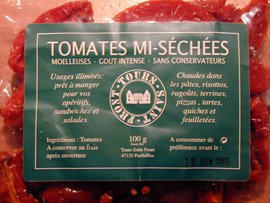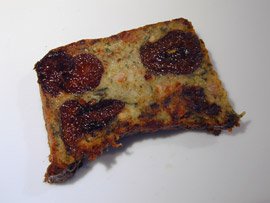
My family has always been very fond of British baked goods. Marks & Spencer’s has sadly closed off all their French stores, but when it was still around [deep sigh of nostalgia], we were their most faithful customers for English muffins, crumpets, mince-meat pies and hot cross buns, to be enjoyed with tea in the afternoon.
Only recently did I find out that hot cross buns were a traditional Easter pastry. Since I was spending the week-end with my parents and sister in our vacation house in the mountains, I suggested we try and bake some, following the recipe which Mariko had successfully used.
It was a lovely baking project to take on over a week-end : the recipe isn’t difficult in itself, but you have to start the day before, and I have found that the waiting periods between the active steps force you to slow down your pace. And this is really what that kind of getaway is about in the first place, no?
This kind of recipe also builds a nice sense of anticipation, which culminates in the eating. And when it turns out great, which it did, it is very rewarding : although the dough did not rise as much as it should have, our hot cross buns looked lovely in that home-made fuzzy way, and tasted exactly like we hoped they would. To say that we were proud as a new mom would be an understatement. Straight and fresh from the oven, they are a real treat, so good that they don’t even need butter or jam on them. But that is, of course, up to you.
This happened to be my first time working with yeast (as opposed to baking powder) and to tell you the truth, I find it somewhat nerve-wracking : will the dough rise, or will it not rise? I’ll admit I actually dreamt about it during the night. I think I really need a longer vacation.
Two things to note : the buns didn’t rise as much as they should have, and my mother’s diagnosis is that the dough was too moist because we didn’t use enough flour (I corrected the amount in the recipe below). Also, we used our favorite cookie glaze recipe, which tastes great but is very light in color, so next time I may try to make a thicker glaze, so that it forms a nice white cross on top.
Continue reading »








